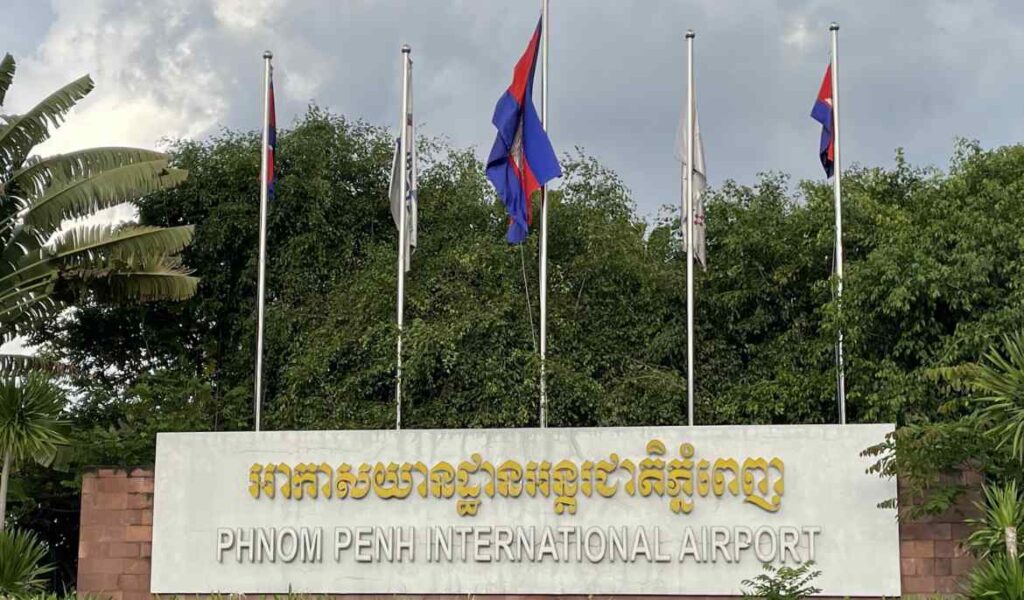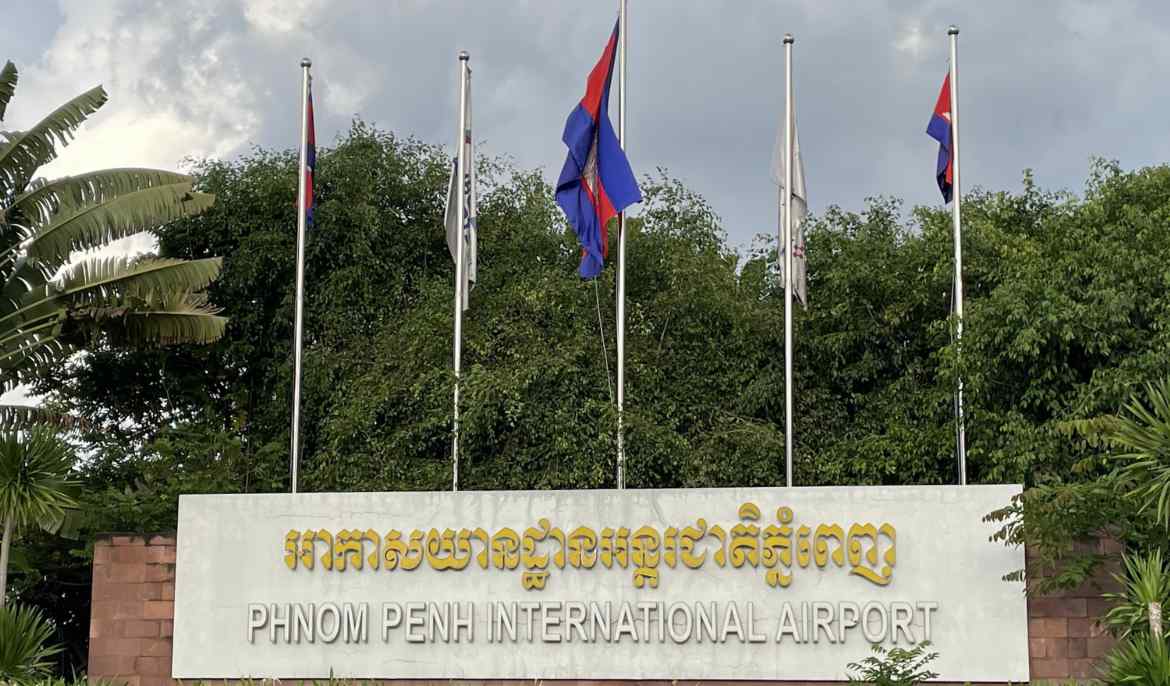With the upcoming opening of its new international airport, Phnom Penh today has the historical opportunity to reinvent itself and align with the world’s biggest metropolises in terms of quality of life and sustainable development. The site of Pochentong International Airport [also known as Phnom Penh International Airport] spreading over 450 hectares right in the heart of the capital and now freed, must become the green lung that the city needs so much.
After decades of modernization and verticalization, Phnom Penh has acquired a skyline worthy of the largest Asian capitals but has sacrificed, as many others, parts of its nature heritage and its breathing spaces. However, international experiences are irrevocable: cities that invest in vast green urban spaces see the health of their residents improve, their attractiveness grow, and their reputation go up on the world stage.
Why not turn Pochentong into an urban park? There is no shortage of arguments for doing so!
From a health perspective, studies show that optimal urban greening reduces hypertension, depression, stress and mortality due to cancer. Parks encourage physical activity, break social isolation and improve young people’s concentration.
This would create a rampart against heat and pollution. Trees can lower urban temperatures by as much as 8 degrees Celsius and reduce energy consumption linked to air conditioning by 40 percent. They filter the air, capture carbon and protect the population against heat peaks and pollution.
This would also be an economic and touristic lever. Central Park in New York City in United States and Central Park in Helsinki in Findland have become international symbols, drivers of influence and attractiveness.
Finally, this could become a model of urban innovation. For example, the reconversion in Germany of Berlin’s Tempelhof Airport into an urban farm and public park has transformed this site into an emblematic site of life in Berlin featuring shared vegetable gardens, festivals, playgrounds, and promenade areas. Phnom Penh could draw inspiration from these examples to offer its residents a multi-functional space dedicated to culture, sports, relaxation and biodiversity.
Prime Minister Hun Manet has already stated that the site of Pochentong Airport would remain state property, in the service of public interest, and would not be sold to the private sector. By taking this further, by dedicating these 450 hectares to a major urban park, he would be taking a decision of historic proportions: offering Phnom Penh a breathable, sustainable future, and an example for all Southeast Asia.
This gesture would be at the level of the major urban visions of the 21st century, similar to that of Singapore that, as early as the 1960s, has made greening and cleanliness a cornerstone of its success and global influence. Phnom Penh, by creating this gigantic green space, would become a model for all emerging capitals: a city that puts the wellbeing of its residents, public health and nature at the heart of its development.
Phnom Penh needs to breathe. Making Pochentong the Central Park of Southeast Asia would be a wonderful legacy for the future generations, a symbol of modern outlook, of peace and harmony between human beings and nature.



